Have you ever wondered when do the catfish spawn? It happens during late spring and early summer when water temperatures hit that sweet spot of 70-80°F. This is the time when spawning catfish become more active and easier to locate.
You’ll often find them near their nesting spots, making this season perfect for fishing. If you’ve been thinking about trying your hand at catfishing, now’s the time to grab your gear and head to the water. Who knows? You might reel in your biggest catch yet! Here we will explain more details about the catfish spawning seasons for a successful fishing experience.
Key Takeaways
- Catfish lay eggs in late spring and early summer. Water needs to be 70-80°F for this to happen. It’s a good time to plan your fishing trips during this time for better results.
- Search for catfish in shallow water with logs or plants. These spots are great for nesting and improve your chances of catching them.
- Try bottom fishing or drift fishing to catch catfish near nests. Pick the right bait for the type of catfish you want.
- Fish early in the morning or late in the evening. Catfish are most active then. Water temperatures between 55°F and 65°F are best for fishing.
- Be responsible by staying away from nesting spots. Use proper catch-and-release methods to protect catfish for the future.
When Do The Catfish Spawn?
Water temperature and seasonal timing
Catfish spawn when the water gets warm enough. This usually happens when the temperature reaches 70°F to 75°F. Late spring and early summer are the best times for this. As the water warms, catfish move to shallow spots to nest. Their actions become easier to predict, making fishing more successful.
Seasons also affect their behavior. In the fall, catfish eat a lot to prepare for winter. During winter, they slow down and stay in deep areas. By spring, warmer water starts their spawning cycle. They move to places that are good for laying eggs.
Regional variations in spawning season
Spawning times change depending on where you live. In warmer places like the Gulf Coast, spawning can start in late March or April. Southern states see it begin in April or May, while central states peak from May to June. In northern areas, spawning might not start until July or August.
Knowing these patterns helps you plan fishing trips better. In colder areas, wait for the water to warm up. Patience will lead to catching more active catfish.
Duration of the spawning period
Catfish don’t spawn all year, so timing matters. Channel catfish usually spawn from April to June. This depends on water temperature and the fish’s size and age. Females lay eggs when the water stays at 70°F. They can lay between 3,000 and 50,000 eggs based on their weight.
The spawning process lasts a few weeks. Success rates range from 30% to 80%, depending on water and fish health. During this time, catfish stay near their nests.
Understanding Catfish Spawning Behavior
Environmental triggers for spawning
Do you know what starts catfish spawning? It’s the environment. Water temperature is very important. When it reaches 70°F to 80°F, catfish know it’s time. But there’s more to it. Spring rains cause strong water flows, which helps too. These flows bring nutrients and make great spawning conditions.
Daylight length also affects catfish’s spawning. As spring days grow longer, their bodies react accordingly. The combination of warm water, flowing currents, and extended daylight creates ideal conditions for catfish to begin spawning.
Nesting habits and preferred habitats
Catfish are careful about picking nesting spots. They want safe, hidden places, such as blue catfish like sandy bottoms in fast-moving freshwater. They often nest deep, over 6 meters down. During spawning, they move to calm areas with cover like logs or rocks.
Male catfish prepare the nests. They clean out dirt and make a safe spot. Once ready, they attract females by showing courtship behaviors. After eggs are laid, males will stay around to protect them well. They even fan the eggs to help them hatch.
Movement patterns during spawning
Catfish move a lot during spawning, and researchers found that catfish are most active from April to October.
Catfish migrate when water flows are strongest because this helps them find the best places to lay eggs. If you fish during this time, you’ll see catfish near shallow areas.
Best Time to Catch Catfish
Can you catch catfish during spawning?
The answer is ” Yes”, but it’s harder. Male catfish guard their nests and eat less during this time. This makes them more difficult to catch. However, not all catfish spawn at the same time. Some are still eating before or after the main spawning period.
If you wait patiently, you can still catch them. A few days after the peak spawn, catfish start eating more again. Water conditions also matter a lot. Steady temperatures and good oxygen levels can keep some catfish feeding even during spawning.
Optimal times of day for fishing
The time of day matters when fishing for spawning catfish. Catfish are more active when the water warms up, which boosts their energy. Early mornings and late evenings are the best times to fish them. During these times, catfish move around more, making them easier to catch.
Water temperature is also important. Studies show the best fishing happens when the water is between 55°F and 65°F. In late spring or early summer, pick days when the water is warming up. By focusing on the right time and water conditions, you can improve your chances of catching catfish during spawning.
How to identify spawning hotspots?
Finding the right spot is key to catching catfish during spawning. Notice that different catfish species may prefer different spots. Anglers can focus on these areas to catch more fish.
- Shallow waters with plants: Catfish like shallow water with lots of plants. Weedy spots give their nests safety and cover. You might find nests under rocks or near muskrat holes. These places hide eggs from predators and keep them safe.
- Logs and man-made shelters: Logs and debris in lakes or rivers are great for nests. Look for log piles in calm water or river bends. Catfish also use old barrels or pipes as nests. These man-made items work like natural shelters for spawning.
- Water conditions they prefer: Catfish need certain water conditions to nest. They like salinity levels between 0-2 PSU. Water temperatures between 21°C and 29°C are best. These conditions are common in ponds, lakes, and slow rivers.
Techniques and Gear For Fishing Catfish
Effective fishing methods
To catch catfish during spawning, use the right techniques. Bottom fishing works well because catfish stay near their nests. Cast your bait close to the bottom in shallow water for better results.
Drift fishing is another great option. Let your bait move with the current to mimic prey. This method is best in rivers or streams where catfish are active. In still water, try a slip bobber rig. It lets you change bait depth to target catfish near nests.
For a hands-on experience, noodling can be exciting. Reach into underwater holes to grab catfish by hand. It’s not for everyone, but it’s a unique way to fish.
Recommended bait types
Picking the right bait is key to catching catfish. Here are some good choices:
- Stink bait has a strong smell that attracts catfish from far away. Be careful—it’s messy!
- Punch bait sticks to hooks well and uses fibers to maintain its shape.
- Blood bait works great for big catfish, especially with skipjack herring.
- Shrimp and white suckers are also reliable and popular options.
| Catfish Species | Recommended Bait Types | Effective Conditions |
|---|---|---|
| Channel Catfish | Worm and bobber, punch bait, stink bait, cut bait | Dam riprap and creek channels, late April to May |
| Blue Catfish | Live and dead natural bait, artificial lures, cut shad | Creek channel ledges and dam riprap |
| Flathead Catfish | Live bait, trotlines, limblines, juglines, yo-yos | Heavily wooded areas, coves, and backwater |
Match your bait to the catfish species and conditions for better success.
Best tackle and gear for catfish fishing
Using the right gear makes fishing easier and more fun. Choose a medium-heavy rod and a strong reel to handle catfish’s strength.
Use a braided or monofilament line rated for 20-30 pounds. This helps you catch bigger fish without breaking the line. Circle hooks are best because they securely hook catfish without harming them.
Weights and sinkers are important too. They keep your bait near the bottom where catfish are. Slip sinkers are helpful since they let fish take the bait without feeling resistance.
Bring gloves if you plan to handle catfish (noodling) directly. Their spines are sharp, and gloves protect your hands while giving a firm grip.
Responsible Fishing Practices During Spawning Season
Why sustainable fishing matters?
Fishing during spawning season is fun, but it is also important to think in the long term. Overfishing in spawning season can hurt wild catfish populations, especially in busy rivers. Some methods, like bottom trawling, harm habitats and other water life. Using sustainable practices protects the environment and keeps fish around for the future.
How to catch and release properly?
If you don’t want to keep your fish, release it safely. Use circle hooks to avoid hurting the fish too much. Handle the fish gently and wet your hands first to protect its slime coat. This coat keeps the fish safe from infections.
Take the hook out carefully. If it’s stuck deep, cut the line near the hook instead of pulling hard. When releasing the fish, place it back in the water slowly. Hold it upright until it swims away on its own. This gives the fish a better chance to survive.
Protecting nesting areas
Spawning season is important for catfish survival. They need quiet places to lay eggs and guard their young. Don’t fish directly in nesting spots like shallow waters with logs or plants. Disturbing these areas can hurt eggs and lower spawning success.
Instead, fish near these spots where catfish are still active. Leaving nests alone helps keep fish populations strong. Respecting their habitats now means more fish to catch later.
Conclusion
Catfish spawn during late spring and early summer when water temperatures get warmer. This is the perfect time for you to plan a fishing trip. But before that, you should understand how catfish spawn, predict their behavior, and know the best spots to fish.
Use the right techniques and gear to improve your chances of success. Don’t forget to fish responsibly! Protecting spawning habitats ensures healthy catfish populations for years to come.
No matter where you fish, bring one pair of Kalkal Fishing Deck Boots that provide comfort and durability, keeping your feet dry and protected. These boots are designed for various conditions, ensuring you can focus on your fishing without worrying about your feet.!


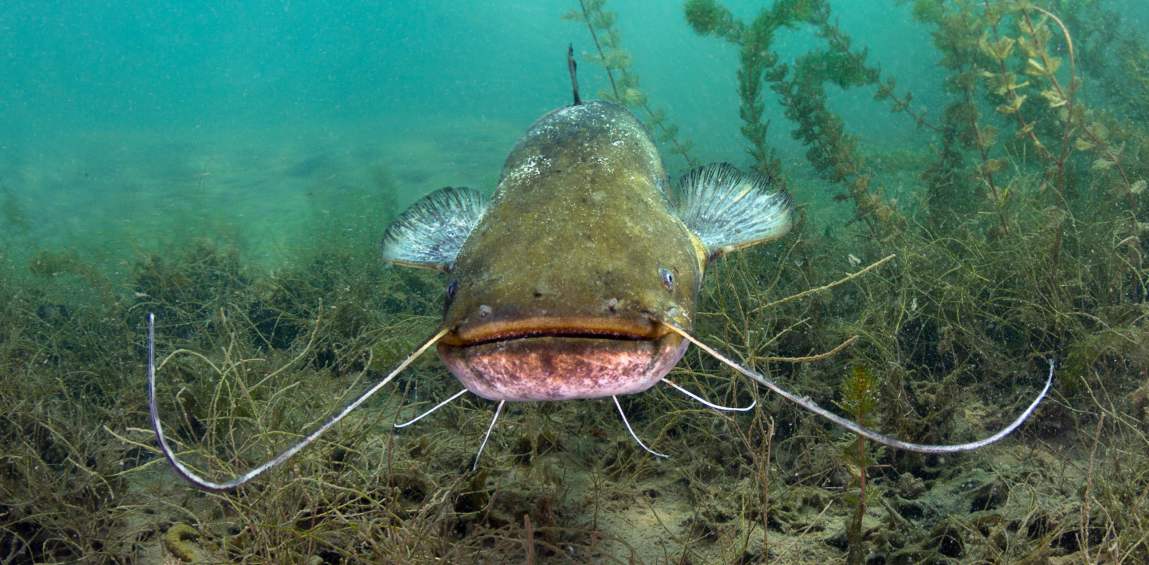
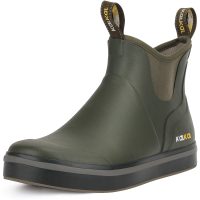
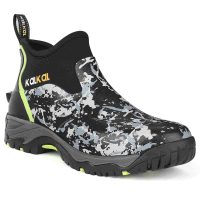

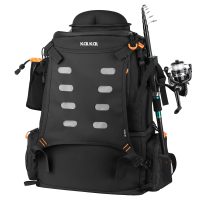





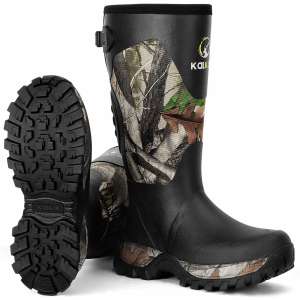
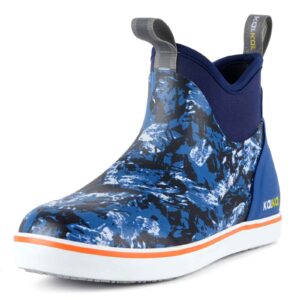

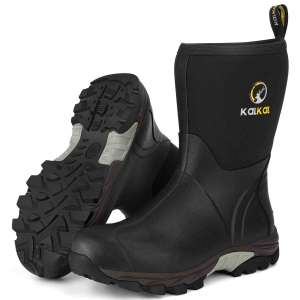
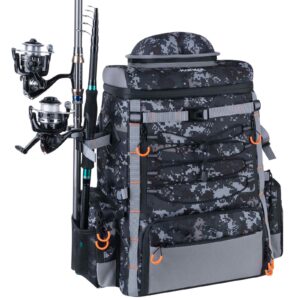



Leave a reply